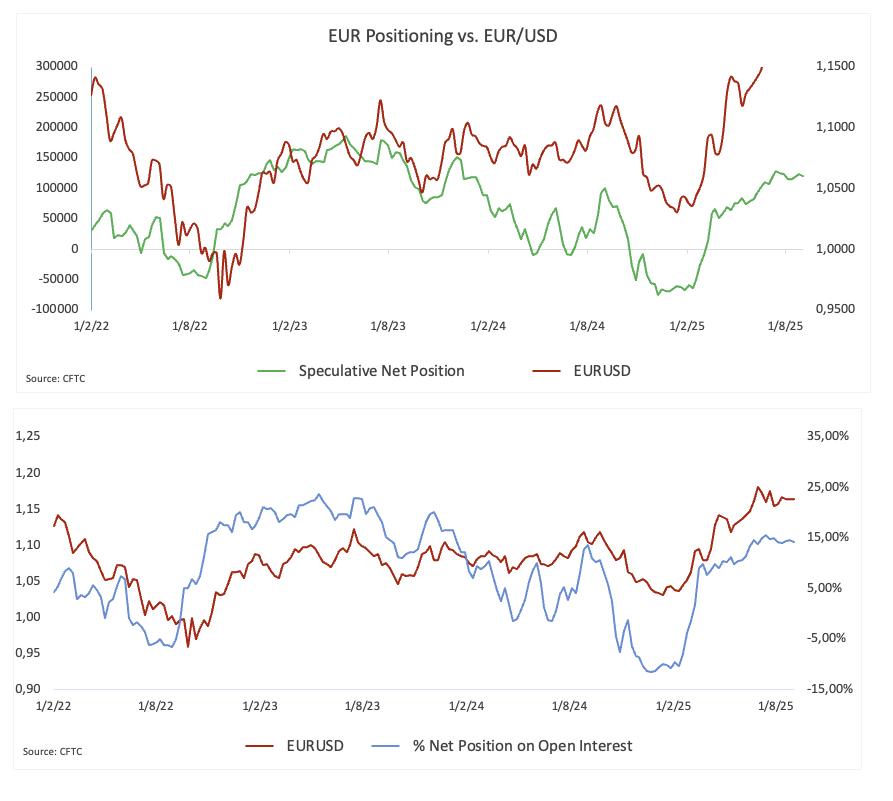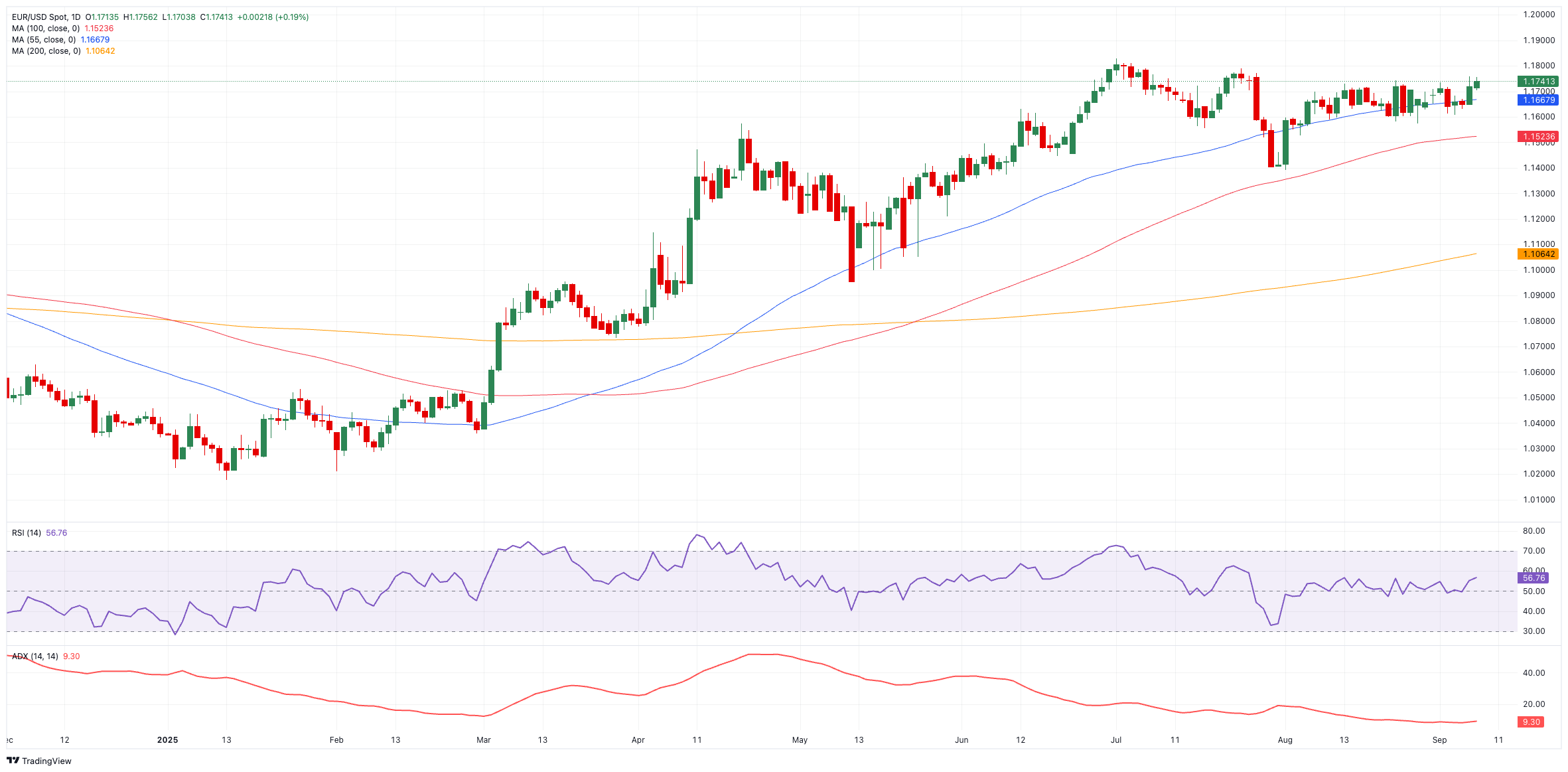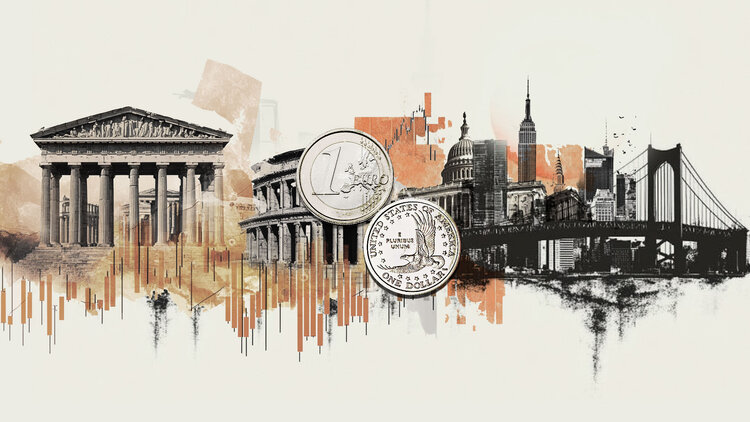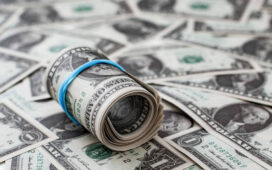- EUR/USD built on Friday’s advance on Monday, revisiting the 1.1750 region.
- The US Dollar succumbed to extra selling pressure following poor NFP data.
- The key NFP Annual Revision will take centre stage on Tuesday ahead of US CPI.
The Euro (EUR) added to Friday’s advance at the start of the week, pushing EUR/USD toward the key resistance zone around 1.1750. The move came as the US Dollar (USD) stayed under pressure, with traders still digesting Friday’s weak Nonfarm Payrolls (NFP) report and steady expectations for at least two Federal Reserve (Fed) rate cuts in the second half of the year.
On the other hand, the US Dollar Index (DXY) slipped again toward the lower end of its multi-week range near 97.50.
Trade truce cools nerves, but tariffs remain heavy
After Washington and Beijing agreed to prolong their trade truce for another 90 days, the markets had some space to breathe.President Trump put out planned tariff rises until November 10, and China vowed to do the same. Still, most tariffs are still in place: US products coming from China still have to pay 30% in levies, while China still charges 10% on US goods going to China.
Washington also made a new arrangement with Brussels. In return for the EU lowering tariffs on US industrial goods and providing US agricultural and fisheries products broader access, Washington put a 15% tax on most European imports.Depending on new EU laws, automobile tariffs might go down next.
French politics back in the spotlight
Political uncertainty added to the backdrop in Europe. French Prime Minister François Bayrou lost a confidence vote on Monday, with his resignation expected as early as Tuesday. President Emmanuel Macron must now decide whether to replace him, keep him on as caretaker, or risk calling snap elections.
Fed keeps markets guessing on September cut
The Fed left rates unchanged at its latest meeting. Chair Jerome Powell acknowledged labour market risks but stressed that inflation remains above target, leaving a September rate cut firmly on the table.
Traders are awaiting Tuesday’s NFP annual revision and Thursday’s inflation and labour data for further guidance. Markets have largely priced in a quarter-point cut at the September 16–17 meeting, with another move possible in December.
ECB plays it cool
By contrast, the European Central Bank (ECB) struck a calm note at its last gathering. President Christine Lagarde described eurozone growth as “solid, if a little better”, suggesting little urgency to ease further.
Markets expect the ECB to remain on hold through 2025, with the first cut not priced in until spring 2026.
Positioning: Traders still lean long Euro
Commodity Futures Trading Commission (CFTC) data showed non-commercial net longs in the Euro falling to two-week lows near 119.6K contracts in the week to September 2. Institutional net shorts also edged down to 171.3K, while open interest rose for a fourth straight week to around 846K contracts.

EUR/USD technical picture
EUR/USD remains trapped in a broad 1.1400–1.1800 range. On the upside, resistance sits at the September high of 1.1756 (September 8), followed by the weekly top at 1.1788 (July 24) and the 2025 ceiling at 1.1830 (July 1). A breakout could expose the September 2021 high at 1.1909, with the 1.2000 psychological level just beyond.
On the downside, support comes at the 100-day SMA at 1.1528, followed by the August base at 1.1391 (August 1) and the weekly trough at 1.1210 (May 29).
Momentum signals remain mixed: The Relative Strength Index (RSI) has climbed to 58, showing that the buying interest is picking up pace, while the Average Directional Index (ADX) above 10 is indicative of a pale trend.
EUR/USD daily chart

Near-term outlook
For now, EUR/USD looks likely to remain within its consolidative phase. In the meantime, the pair would need a fresh catalyst to break that pattern, whether from US data, a clear shift in Fed policy, or a change in the White House’s trade headlines.
Euro FAQs
The Euro is the currency for the 19 European Union countries that belong to the Eurozone. It is the second most heavily traded currency in the world behind the US Dollar. In 2022, it accounted for 31% of all foreign exchange transactions, with an average daily turnover of over $2.2 trillion a day.
EUR/USD is the most heavily traded currency pair in the world, accounting for an estimated 30% off all transactions, followed by EUR/JPY (4%), EUR/GBP (3%) and EUR/AUD (2%).
The European Central Bank (ECB) in Frankfurt, Germany, is the reserve bank for the Eurozone. The ECB sets interest rates and manages monetary policy.
The ECB’s primary mandate is to maintain price stability, which means either controlling inflation or stimulating growth. Its primary tool is the raising or lowering of interest rates. Relatively high interest rates – or the expectation of higher rates – will usually benefit the Euro and vice versa.
The ECB Governing Council makes monetary policy decisions at meetings held eight times a year. Decisions are made by heads of the Eurozone national banks and six permanent members, including the President of the ECB, Christine Lagarde.
Eurozone inflation data, measured by the Harmonized Index of Consumer Prices (HICP), is an important econometric for the Euro. If inflation rises more than expected, especially if above the ECB’s 2% target, it obliges the ECB to raise interest rates to bring it back under control.
Relatively high interest rates compared to its counterparts will usually benefit the Euro, as it makes the region more attractive as a place for global investors to park their money.
Data releases gauge the health of the economy and can impact on the Euro. Indicators such as GDP, Manufacturing and Services PMIs, employment, and consumer sentiment surveys can all influence the direction of the single currency.
A strong economy is good for the Euro. Not only does it attract more foreign investment but it may encourage the ECB to put up interest rates, which will directly strengthen the Euro. Otherwise, if economic data is weak, the Euro is likely to fall.
Economic data for the four largest economies in the euro area (Germany, France, Italy and Spain) are especially significant, as they account for 75% of the Eurozone’s economy.
Another significant data release for the Euro is the Trade Balance. This indicator measures the difference between what a country earns from its exports and what it spends on imports over a given period.
If a country produces highly sought after exports then its currency will gain in value purely from the extra demand created from foreign buyers seeking to purchase these goods. Therefore, a positive net Trade Balance strengthens a currency and vice versa for a negative balance.




